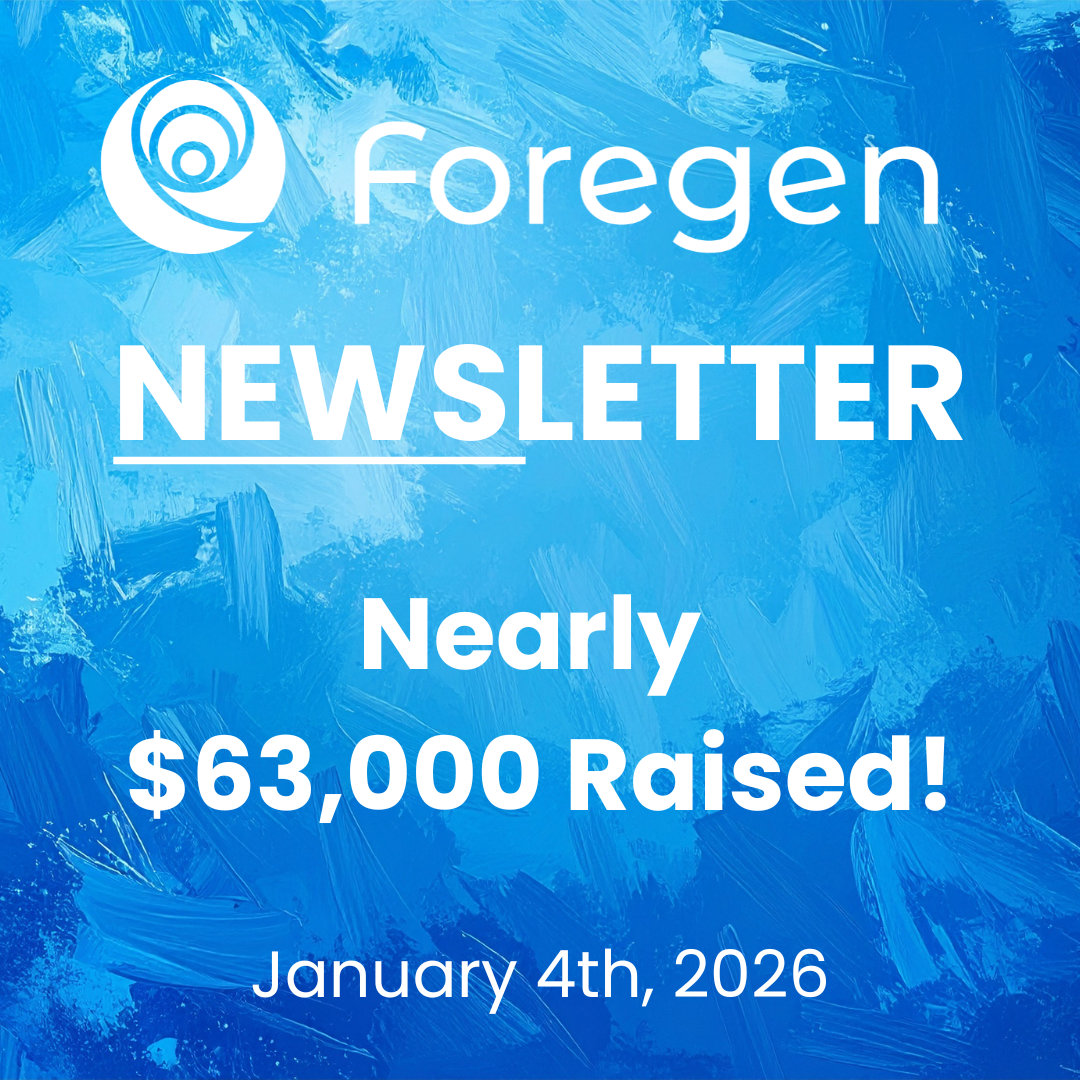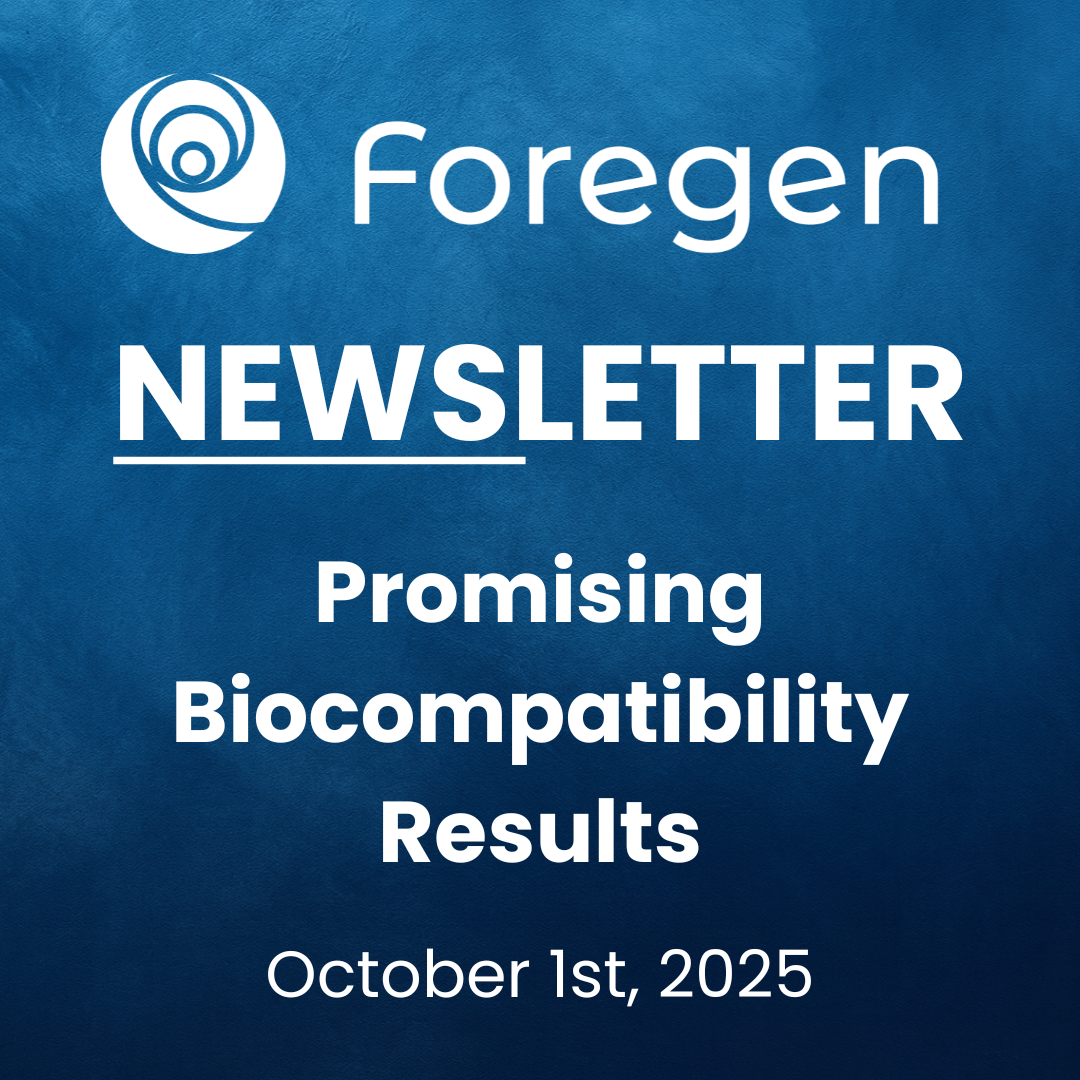Dear Foregen Supporters,
We are thrilled to announce the inclusion of a new scientist to our research team: Dr. Angela Palumbo Piccionello. Dr. Palumbo Piccionello will be working with our current scientists and coordinating the next phase of our research: Phase II Animal Trials. She is a Professor of Surgery and Anesthesiology at the University of Camerino’s School of Biosciences and Veterinary Medicine. From 2011 to 2017 she served as President of the Italian Society of Veterinary Traumatology and Orthopedics, and she holds both a Doctor of Veterinary Medicine degree as well as a Ph.D. in Animal Orthopedics. Foregen’s scientific research relies heavily on mechanical analysis of tissue; Dr. Palumbo Piccionello’s specialization in orthopedics offers a high level of biomechanical expertise which bodes extremely well for Foregen’s needs.
Foregen experienced a setback in 2019 due to tissue acquisition delays, and as many of you know, COVID-19 recently stopped all operations in Italy for several months. However, we have been back at work and are making all of the necessary preparations to begin the next phase of animal trials. We are additionally very happy to announce that this phase is being partially funded by both the University of Camerino and the Marche Region of Italy, providing a combined 44,000 EUR (Approx. 50,000 USD) in research grants.
Part of our continued efforts include refining the site: as previously mentioned, we have a number of translations in the works to help us reach a broader, international audience. The Arabic translation is almost finished, the Spanish translation is being worked on in addition to the French and German ones, and we also will be setting up the Korean and Turkish translations. In addition, Oscar Perez, our Senior Associate of Digital Development and IT, has been busy making refinements, including an upcoming redesigned section on the research page that we hope will make it cleaner and easier to understand.
We also have raised $10,128 this month thanks to your donations, including one supporter who donated $500, another $700, and one who donated $1,000. This brings us to $608,044 overall, and we are encouraged by the new donors who have joined our current supporter base in contributing to the research. We look forward to bringing in even more donors and supporters as time goes on.
We hope that this newsletter finds you safe and we will have more to share with you over the next few months.
Best,
Tyler J. Drozd
Chief Operations Officer





